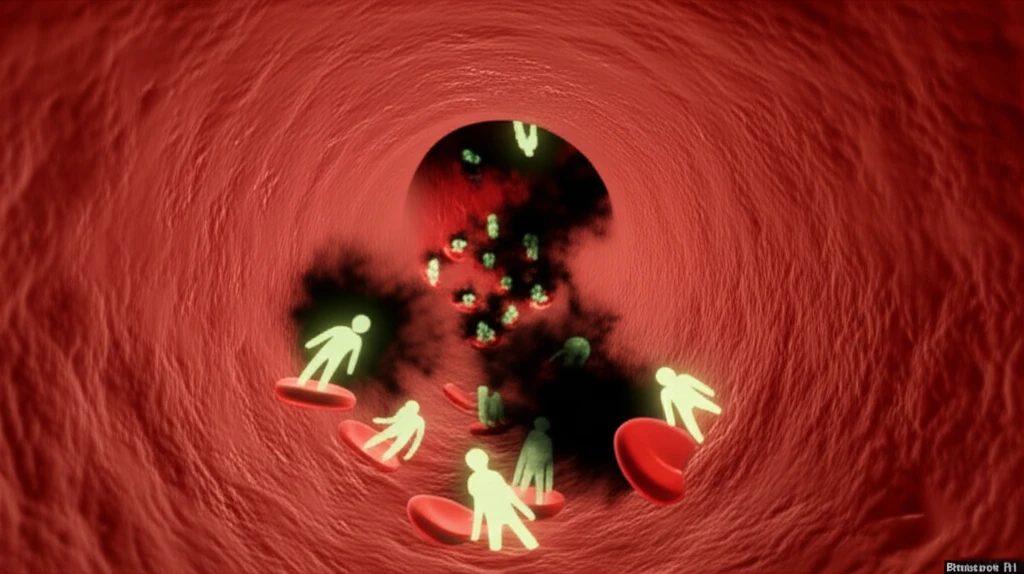
Inflammation's Secret Weapon: How Resolvins Fight Back
"Unlocking the potential of Resolvin D1 to resolve inflammation and protect your health at the cellular level."
Inflammation, while a necessary bodily response, can become a chronic issue, especially in our modern world. Factors like high cholesterol, high blood sugar, high blood pressure, smoking, and aging can disrupt normal endothelial function, leading to persistent inflammation. This dysfunction causes the expression of adhesion molecules like E-selectin, ICAM-1, and VCAM-1, which attract immune cells to the vessel walls, initiating vascular inflammation.
If left unchecked, this inflammation contributes to the development of serious conditions like atherosclerosis. Fortunately, scientists have discovered specialized pro-resolving mediators (SPMs) such as resolvins, which possess potent anti-inflammatory properties and can even offer atheroprotective effects. These mediators work to reduce the production of harmful substances, lower inflammatory responses, decrease the expression of adhesion molecules, and control the movement of immune cells.
This article explores the groundbreaking research into Resolvin D1 (RvD1), focusing on its ability to counteract inflammation at the cellular level. We'll delve into how RvD1 blocks specific molecular interactions that drive inflammation, offering new hope for preventing and treating vascular diseases.
How Resolvin D1 Tames Inflammation: The Science Explained

Recent research sheds light on the specific mechanisms through which RvD1 exerts its anti-inflammatory effects, particularly in the context of endothelial cells, which line the blood vessels. A key finding is that RvD1 reduces the adhesion of monocytes (a type of white blood cell) to endothelial cells, a crucial step in the development of vascular inflammation. This occurs because RvD1 suppresses the expression of ICAM-1 and VCAM-1, adhesion molecules that help monocytes stick to the endothelium.
- H2O2 Blockade: RvD1 blocks the production of hydrogen peroxide (H2O2), a reactive oxygen species that can promote inflammation.
- SHP2 and PP2A Protection: RvD1 protects two important enzymes, SHP2 and PP2A, from being inactivated by H2O2. When these enzymes are active, they help to keep inflammation in check.
- NFκB Inhibition: RvD1 prevents the activation of NFκB, a key protein that turns on the genes responsible for producing inflammatory molecules like ICAM-1 and VCAM-1.
The Future of Resolvins: A New Frontier in Health
This research highlights the exciting potential of resolvins, particularly Resolvin D1, in managing and resolving inflammation. By understanding the precise mechanisms through which RvD1 operates, scientists can develop targeted therapies to prevent and treat vascular diseases.
While more research is needed, the findings suggest that resolvins could be a valuable addition to strategies for promoting cardiovascular health. This may involve dietary interventions to boost resolvin production or the development of resolvin-based pharmaceuticals.
As we continue to unravel the complexities of inflammation and its resolution, resolvins like RvD1 offer a promising avenue for improving human health and combating chronic diseases.
